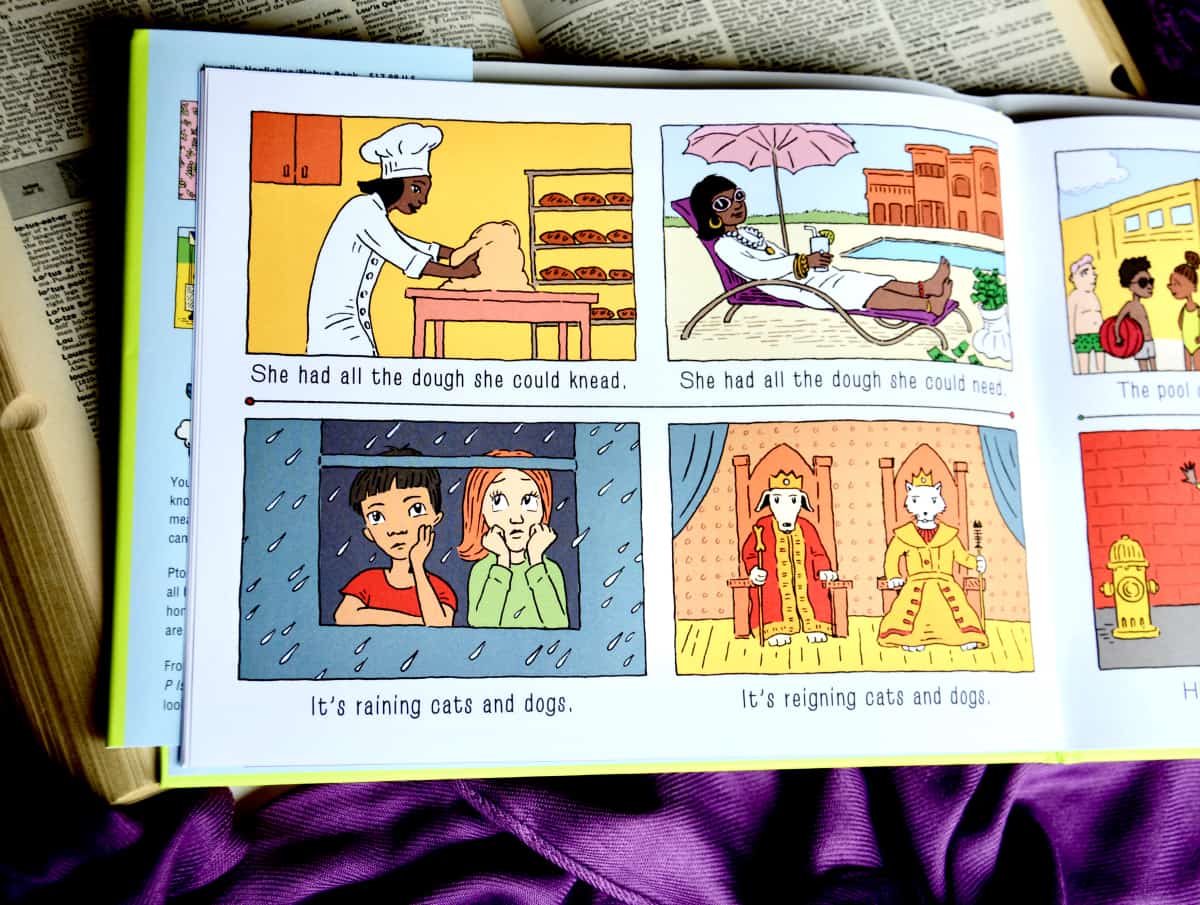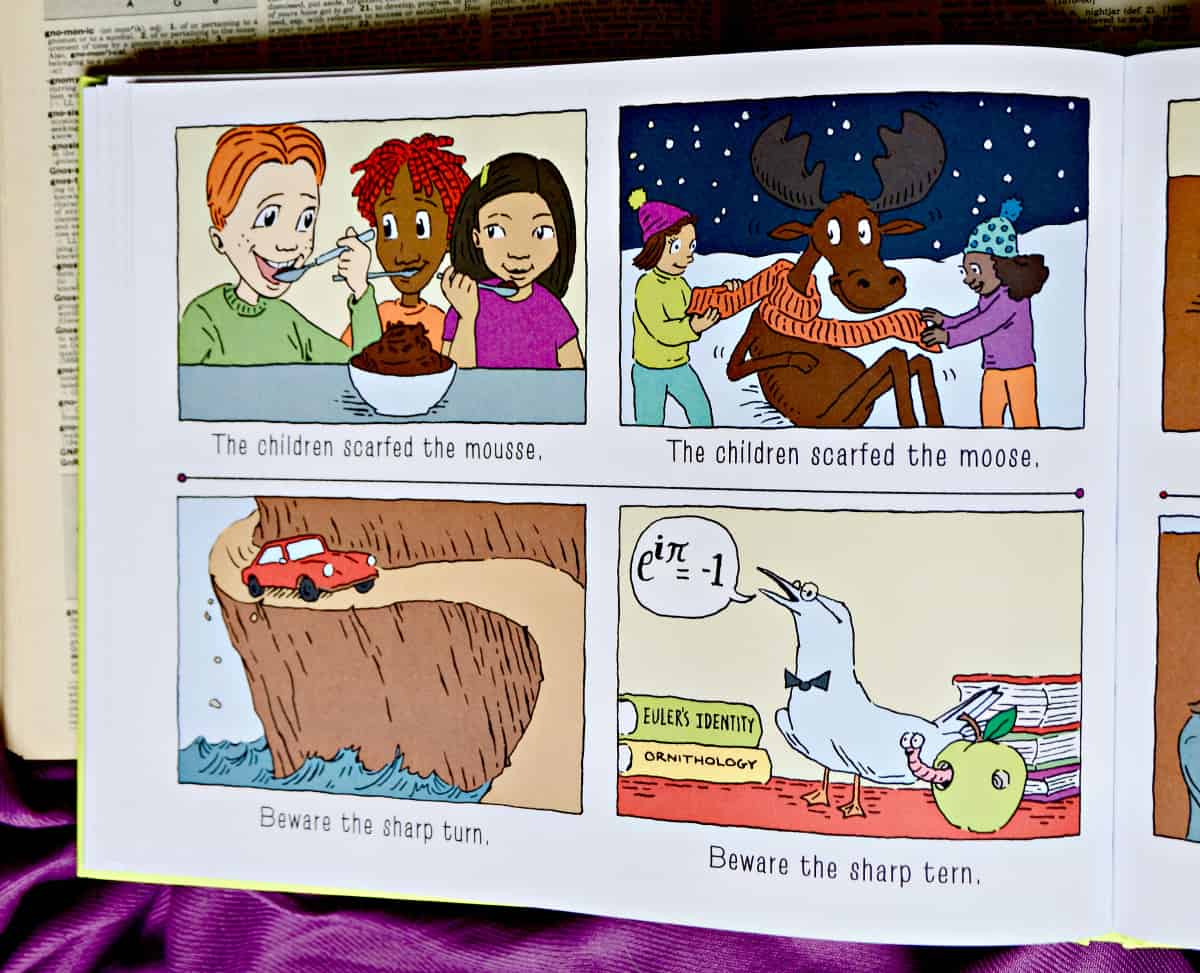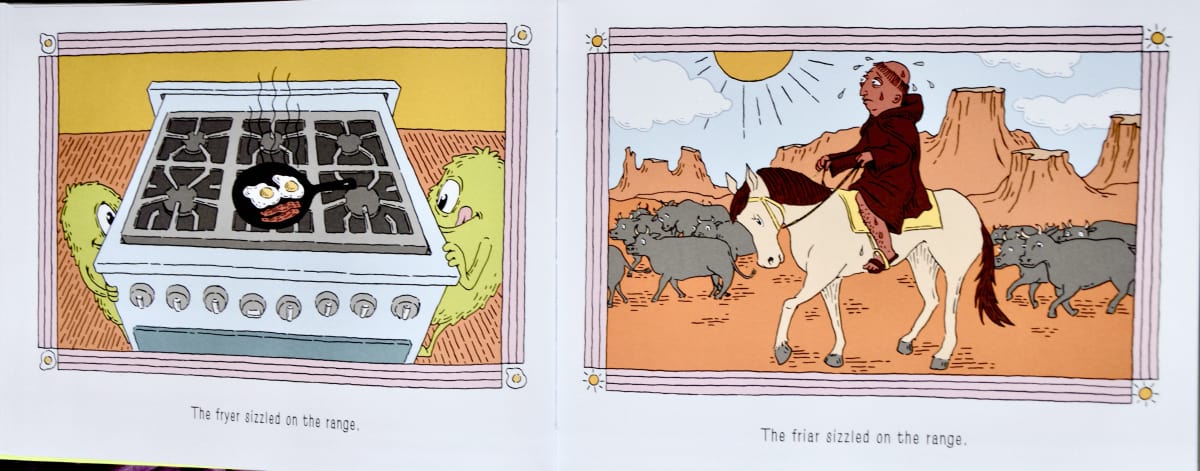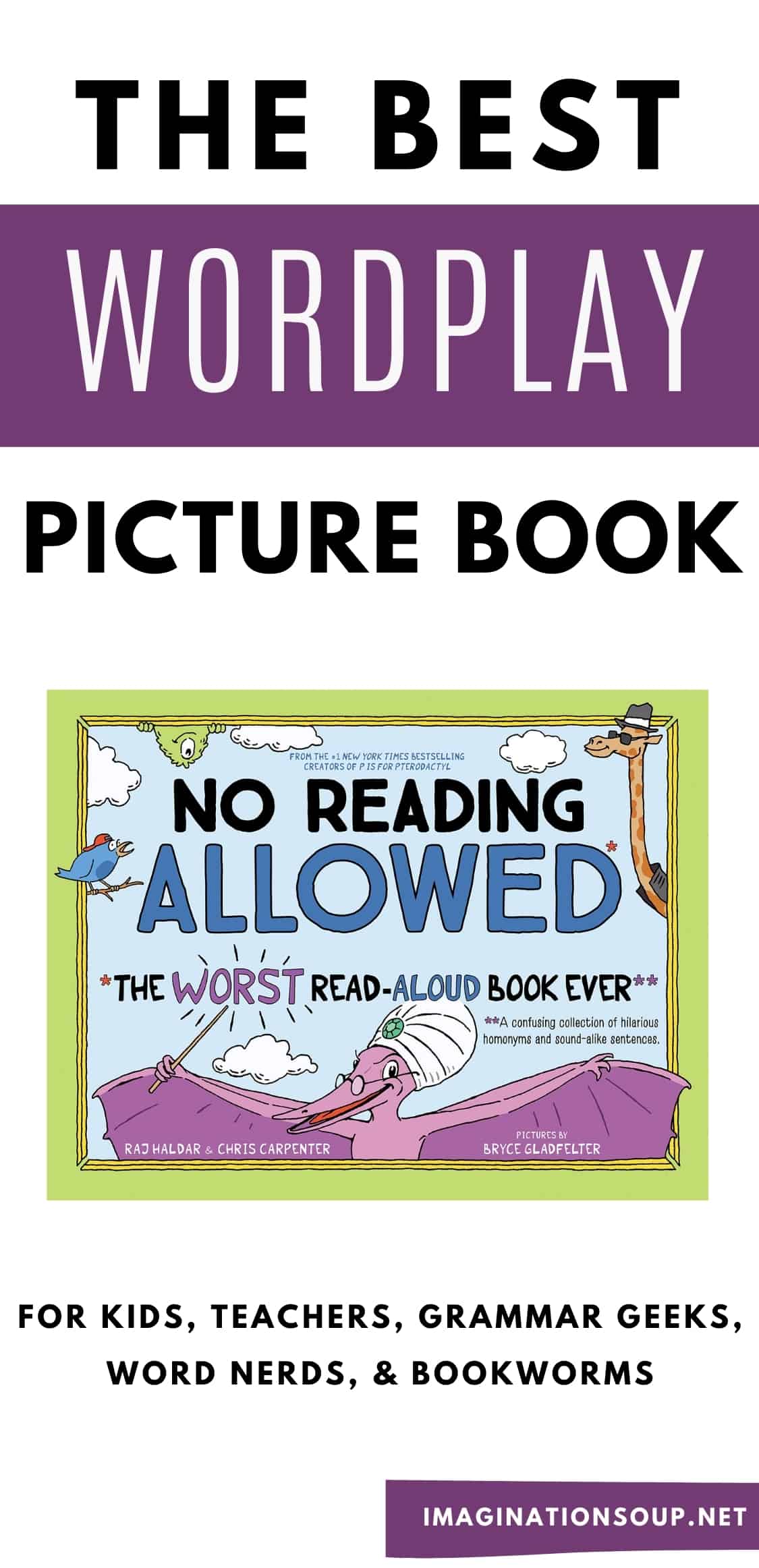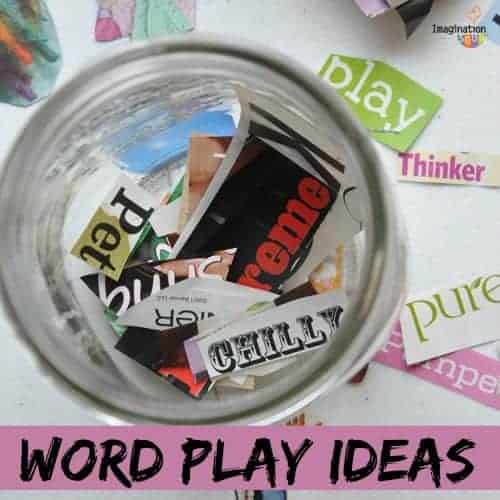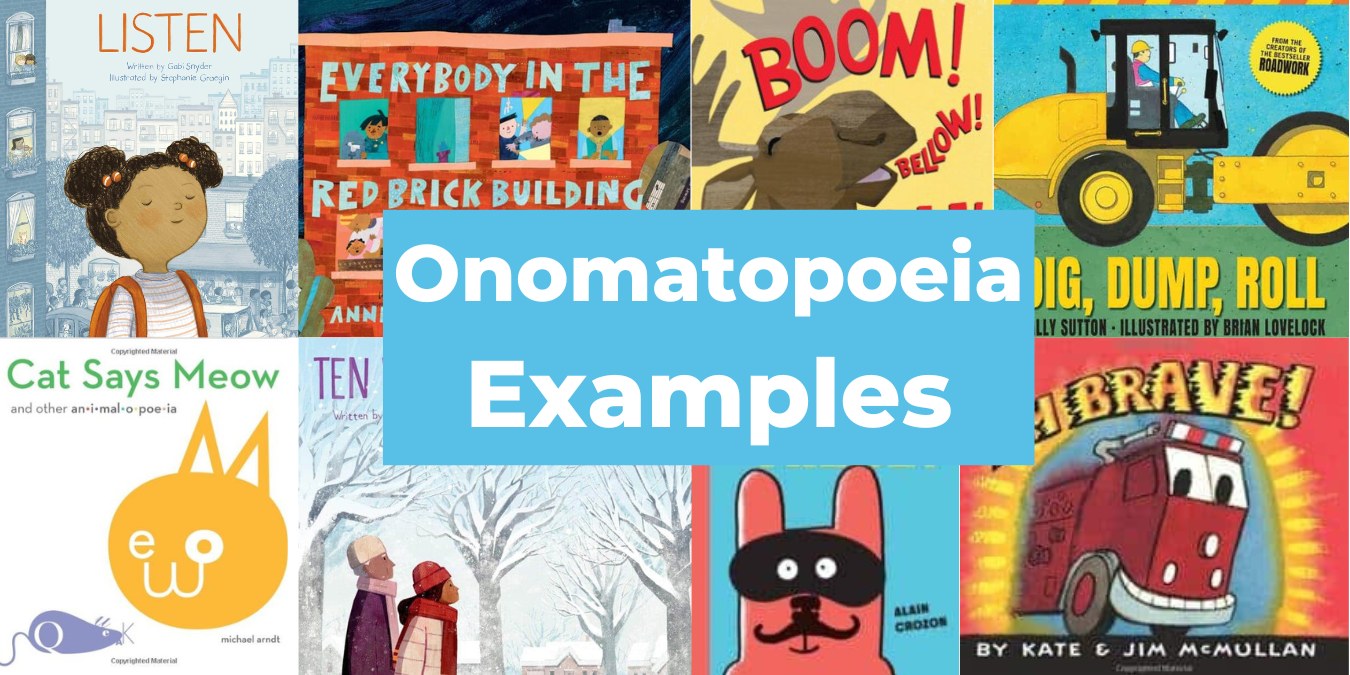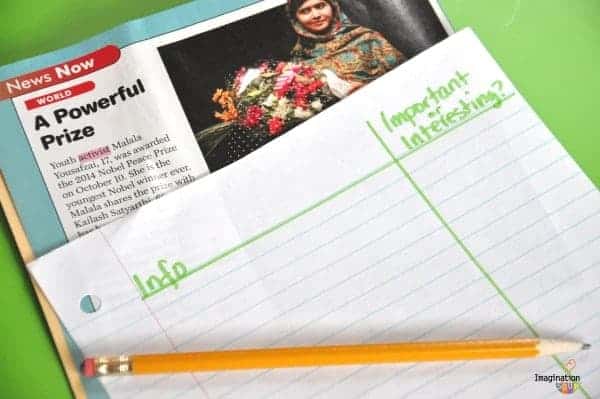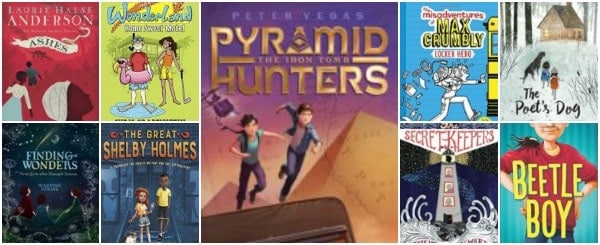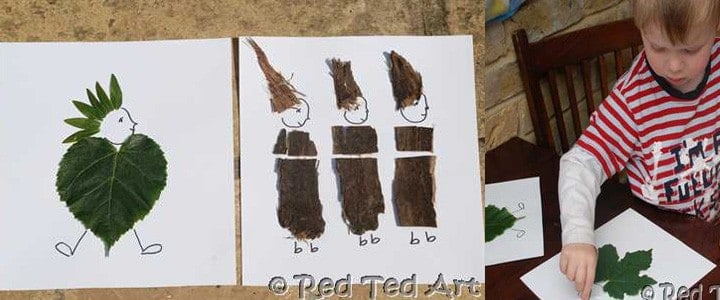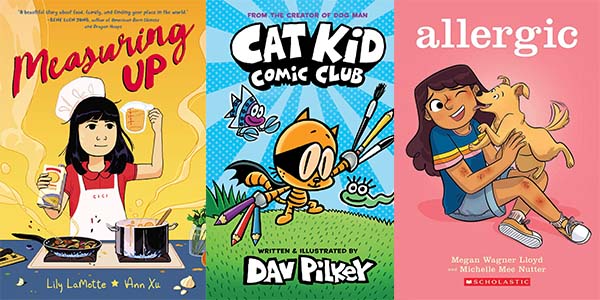Disclosure: This post is sponsored by Sourcebooks. All opinions are my own.
My new favorite wordplay alphabet picture book is No Reading Allowed: The Worst Read Aloud Book from the creators of P is for Pterodactyl, my favorite HILARIOUS alphabet book of all time. (Remember this post that went viral on Facebook a few years ago about P is for Pterodactyl?)
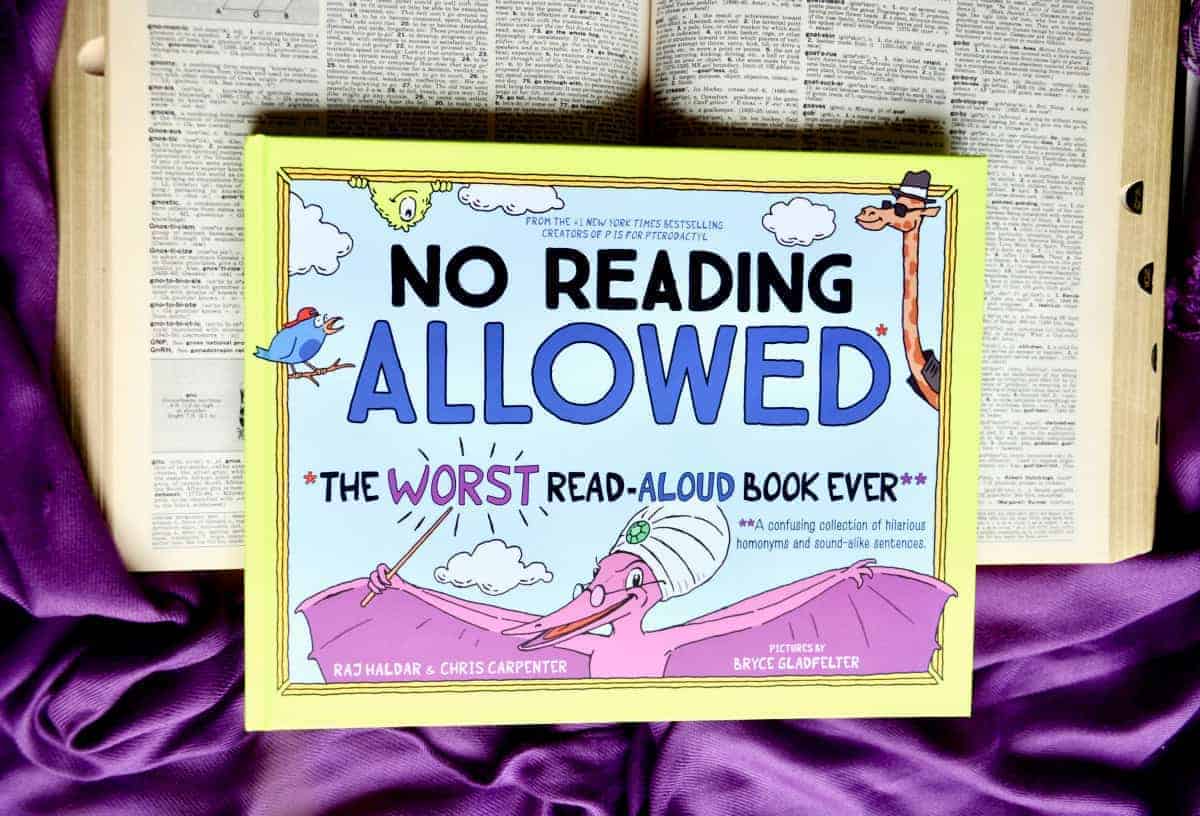
If you’re a logophile (=word nerd), grammar geek, or a bookworm, and especially, if you’re a teacher or homeschooler, snag a copy of No Reading Allowed for yourself and a friend. This will be a hot holiday gift for us word nerd folks!
Because English is weird and this book’s tricky and clever sentences might make your brain explode — in a good, deep thinking sort of way!
Use this picture book to show children how fun it is to
play with your words. Watch them grow into
wordsmiths.
No Reading Allowed: The Worst Read Aloud Book both entertains and educates.
I like books that do double duty like this, don’t you?
No Reading Allowed: The Worst Read-Aloud Book Ever
HOMOPHONES
You’ll laugh at the way the authors use homophones in this picture book. But, understanding the differences in homophones is important for communicating effectively and reading comprehension.
Oh, and especially for learning
dad jokes and
puns. Am I right? (Example:
What do baseball players eat on? Home plates! hahaha, you’re welcome…)
In the event that you don’t remember what a homophone is…
…homophones are words that sound the same but have different meanings.
For example, you’re and your or ate and eight.
The prefix homo means same.
The root phone comes from phoneme which means sound. (Think of a phone.)
HOMONYMNS
In this book, you’ll also find sound-alike words and phrases including homonyms.
Homonyms are words with the same pronunciation and same spelling but different meanings.
The root nym means name. So these words have the same “names” (spellings) but different meanings.
A good example of a homonym the word pen.
Why? Because
pen can mean two things — either a writing tool or an animal’s enclosure. More examples of homonyms
here.
Funny Sentences from No Reading Allowed
Want examples of these wordplay sentences from the book? Of course, you do.
She had all the dough she could knead.
She had all the dough she could need.
Beware the sharp turn.
Beware the sharp tern.
The fryer sizzled on the range.
The friar sizzled on the range.
Seriously, how AMAZING are these wordplay sentences!?
Using No Reading Allowed with Kids
Now, for those of you teachers and homeschoolers or any grammar fans with children in your life, I have some ideas for how to use this book with kids. First, it’s very important to explicitly teach the differences and meanings of each word, whether a homophone or homonym. That means reading, defining, using in a sentence, and practicing each word. Illustrating the words can be helpful as well because a visual representation aids with accurate recall. Second, I don’t think it’s terribly important for kids to remember if a word is a homophone or homonym as long as they know the difference in meaning and use. Maybe I’m wrong but I feel like kids don’t need an added layer of complication. What do you think? Comment if you want to set me straight.
1. Fun Activity Sheet
Practice some homophones from the book! Use the picture clues to learn and reinforce the correct homophone for each sentence. Download the free two-page activity sheet here. 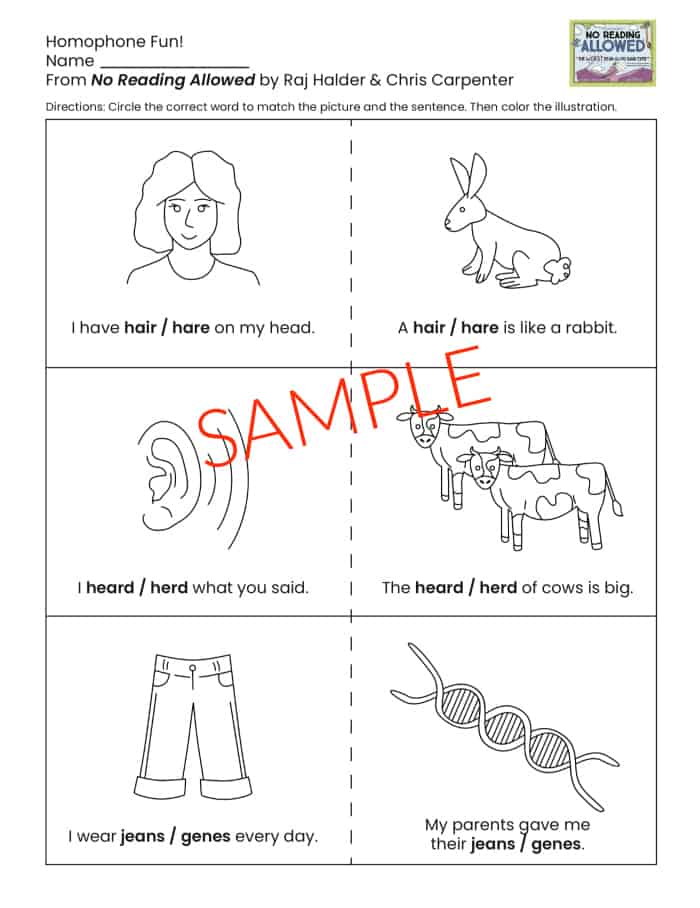
2. Make a Concentration Game
A concentration game usually matches the same word or picture. But, in this instance, help your kids match homophones such as wear and where.
Teacher’s Pay Teachers offers many types of games including memory games like
this one and
this one but you can easily make your own with index cards.
3. Make a Dictionary of Homophones
Write the words that pair together, illustrate them, and write them in sentences.
Buy a printable book of homophones
here.
4. Make Illustrated Flash Cards
Write the words either on the top and bottom of a flashcard or front and back. Hole punch the sides so you can put them on a ring. This is a particularly helpful resource for English Language Learners.
5. Make Puzzle Matches
Buy a homophone
puzzle to help you practice these unique words.
Buy No Reading Allowed!
Won’t this make a great gift for teachers and your grammar-loving friends?


